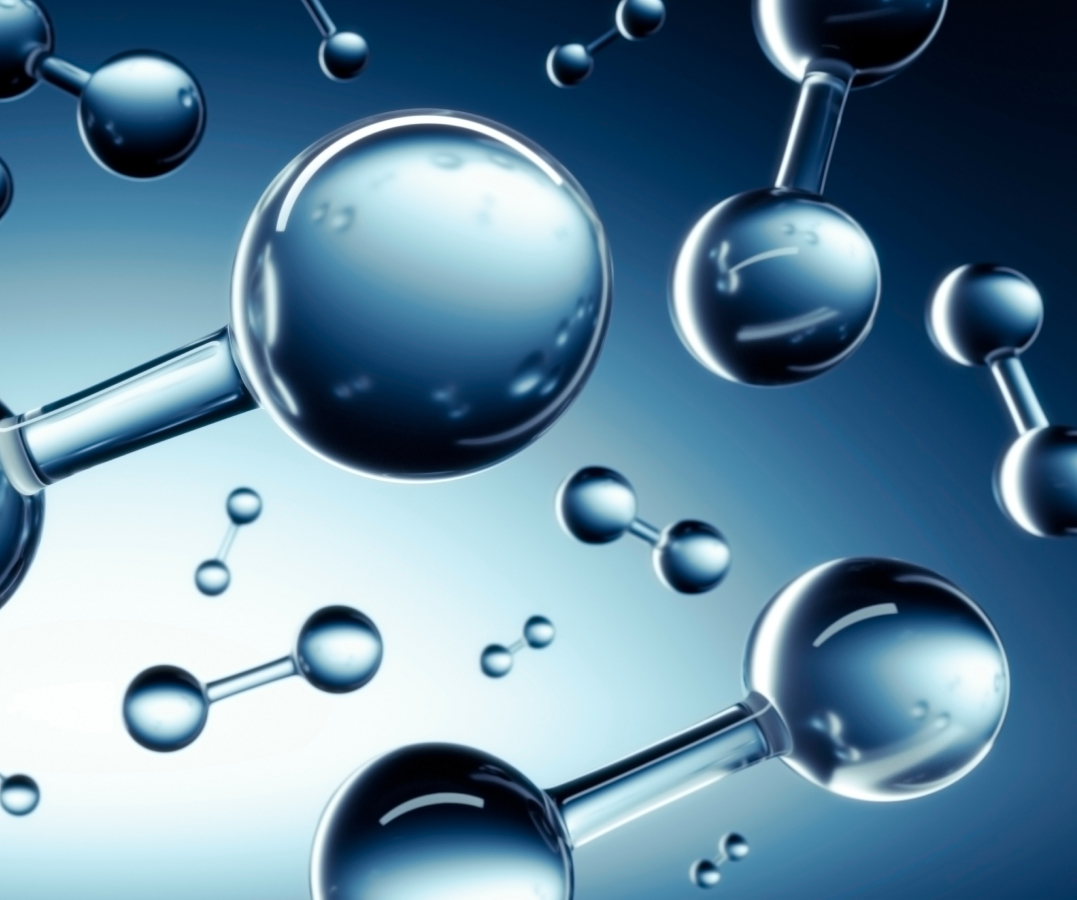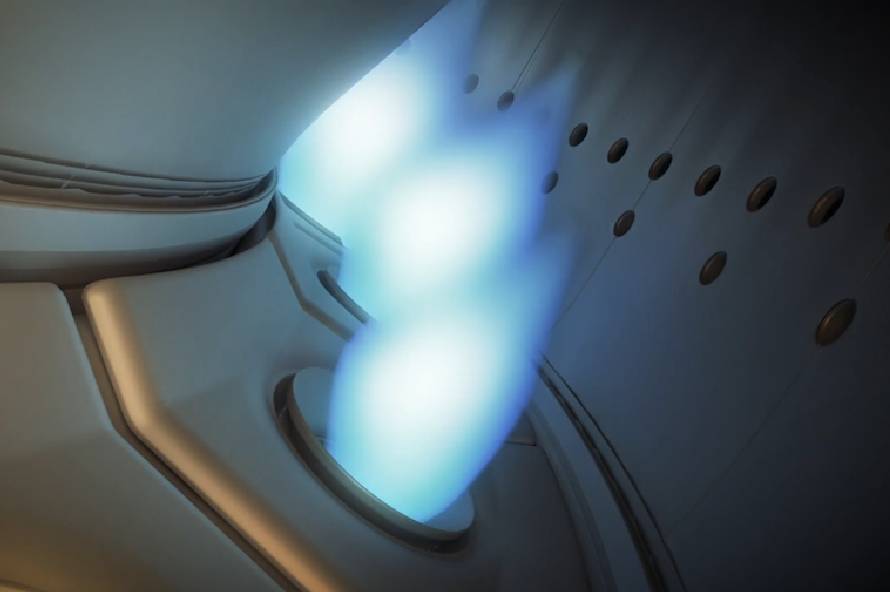GE Aerospace is also supporting industry initiatives to approve and adopt 100 percent Sustainable Aviation Fuel (SAF) and is partnering on a new flight demonstration program to test zero-carbon hydrogen fuel combustion.
Hydrogen as an aviation fuel
Hydrogen fuel presents a unique opportunity for the aviation industry to achieve zero carbon emissions flight. The absence of carbon in hydrogen results in combustion byproducts limited to water vapor and nitrogen oxides (NOx). GE believes hydrogen-fueled flight is technically feasible and is working to develop solutions to address product design and certification hurdles associated with the combustion of a cryogenic fuel. GE Aerospace is actively working in close cross-business collaboration with GE Research, GE Renewables, and GE Power to advance research and development supporting the use of liquid hydrogen (LH2).





